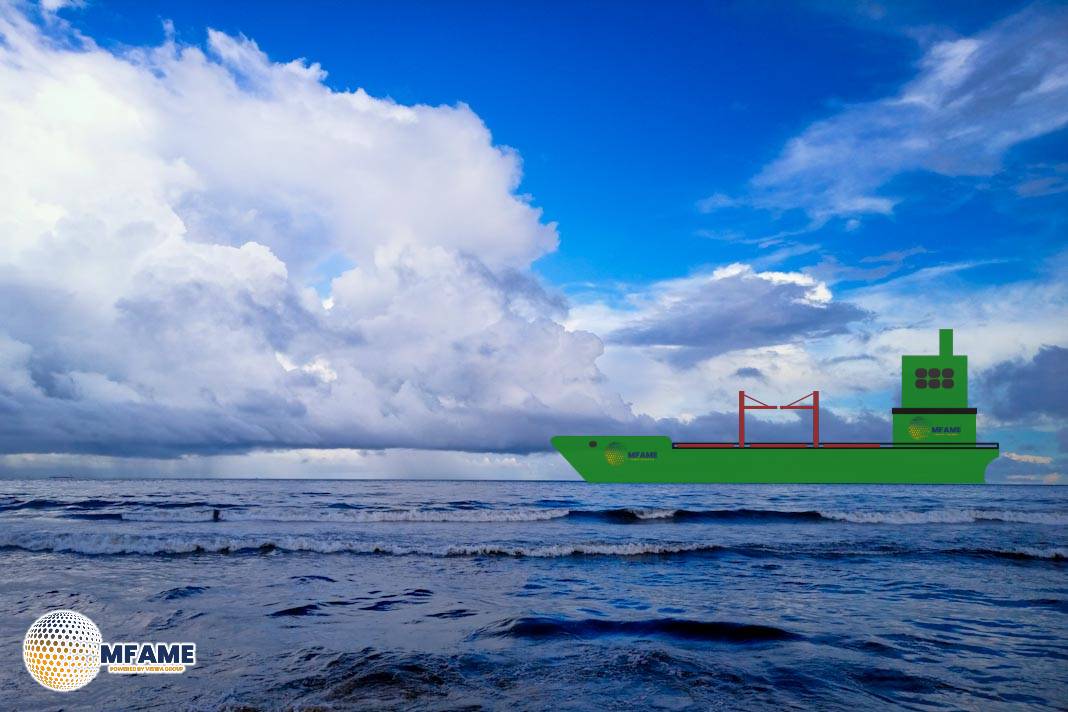 The ongoing instability in global trade policies, marked by rapidly changing tariffs, has created a highly uncertain environment for shipping lines and cargo owners. As a result, most are opting for short-term supply chain adjustments, deferring major long-term network decisions until the situation stabilizes.
The ongoing instability in global trade policies, marked by rapidly changing tariffs, has created a highly uncertain environment for shipping lines and cargo owners. As a result, most are opting for short-term supply chain adjustments, deferring major long-term network decisions until the situation stabilizes.
Transpacific Routes: Noticeable Capacity Cuts
Analysis of scheduled vessel capacity for weeks 16–19 (a 4-week period beginning this week) reveals a clear downward trend in the Asia–North America trade lanes:
-
Asia–NAWC (North America West Coast):
-
Scheduled capacity dropped from 1.43 million TEU in week 10 to 1.29 million TEU in week 13, reaching 1.26 million TEU by week 15.
-
This represents a 12% reduction over six weeks.
-
-
Asia–NAEC (North America East Coast):
-
Capacity fell from 1.01 million TEU to 867,000 TEU, a 14% decline over the same period.
-
Blank Sailings Surge in Response to Tariffs
Figure 1 data illustrates the reaction of carriers through blank sailings (canceled voyages):
-
Initially, 60,000 TEU was expected to be blanked for weeks 16–19.
-
This surged to 250,000 TEU within a week and hit 367,800 TEU by week 15, indicating a sharp tactical response by carriers to rapidly shifting trade dynamics.
Transatlantic Trade Remains Stable
In contrast, Transatlantic shipping capacity remains steady, buoyed by a mutual 90-day tariff suspension announced by both the Trump administration and the EU, providing temporary relief and predictability in that corridor.
Did you subscribe to our daily Newsletter?
It’s Free Click here to Subscribe!
Source: SEA INTELLIGENCE
















